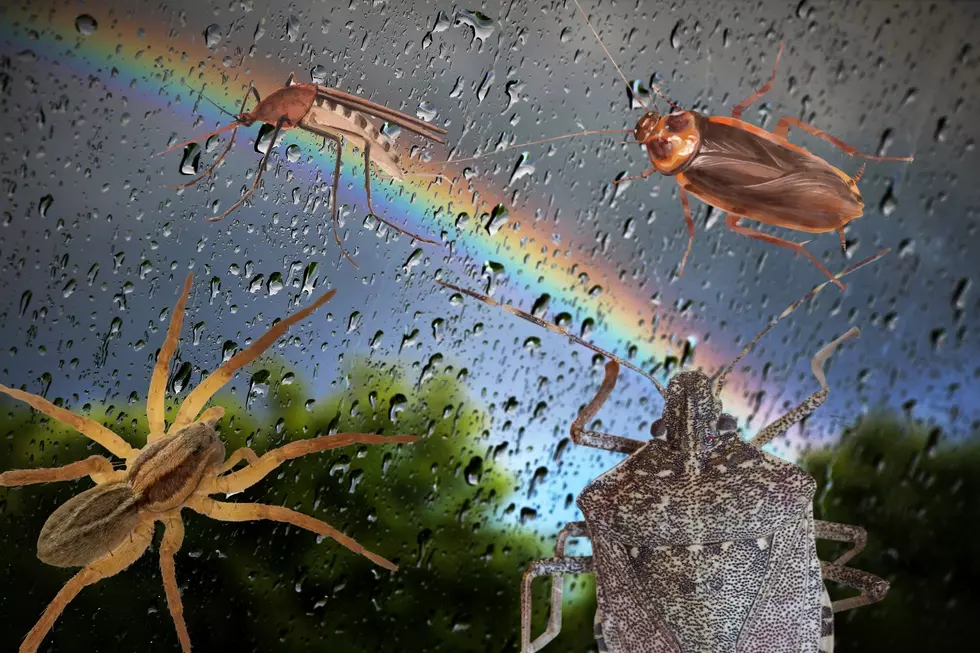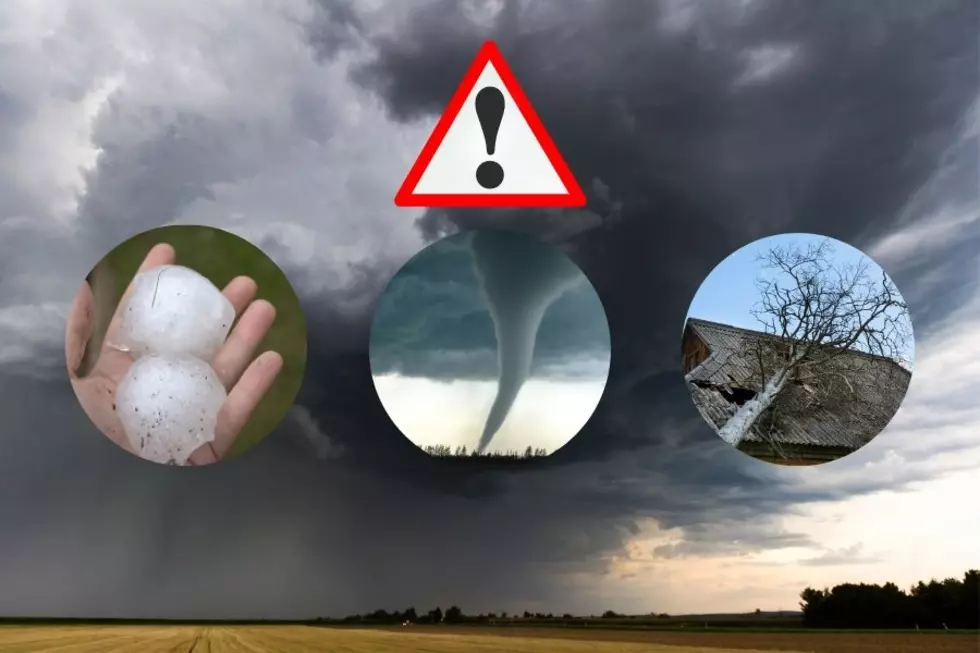
Don’t Panic, But Texas Is Home To 15 Venomous Types of Snakes
Texas has a whopping 15 species and subspecies of snakes that are venomous. Not, as some would say, poisonous, as I have heard of people eating rattlesnakes (proceed with extreme caution nonetheless).
We will explore all 15 types of venomous snakes, but first, let me answer the question you are almost certainly asking yourself- does Texas have the most types of venomous snakes?
Actually, no. There are 20 types of venomous snakes in the U.S. and Arizona has 19 of them. Dang.
Texas venomous snakes fall into two categories: pit vipers and North American cobras. Most are pit vipers, including copperheads, cottonmouths, and rattlesnake species. The North American cobra that lives in Texas is the extremely venomous coral snake.
Copperheads
Copperheads have chestnut or reddish-brown crossbands on a lighter colored body.
Copperheads like to live in rocky, woody, or very weedy areas and like to take up residence near streams and rivers. They are rare in very dry areas of Texas. The three species of copperheads in Texas are the Southern copperhead, the Broadbanded copperhead, and the Trans-Pecos copperhead. Copperheads tend to be 20-30 inches long.
Cottonmouths (aka Water Moccasins)
Cottonmouths can be dark brown, olive-brown, olive green or almost solid black. They are marked with wide, dark bands, which are more distinct in some individuals than in others.
You'll also know a cottonmouth by the inside of its mouth, white is of course, white like cotton. These snakes like to eat fish, so they live near water, swamps, and marshes. They are quite large and long at 3.5 feet in length. The only species of cottonmouth in Texas is the Western cottonmouth.
Rattlesnakes
Probably the snake you think of most when you think of Texas- and we have several species and subspecies of rattlesnakes including "primitive types" Western massasauga and Desert massasauga. Primitive snakes have a more evolutionarily ancient bone structure than the more "advanced" types, which include the Western diamondback, Timber rattlesnake, Mottled Rock rattlesnake, Banded Rock rattlesnake, Blacktail rattlesnake, Mojave rattlesnake, and Prairie rattlesnake.
Rattlesnakes vary in size from a slender 2 feet to a big-bodied, nearly 5 feet. They vary in color and patterns, too. But you only really need to know one way to identify a rattlesnake: its signature rattle, of course.
Coral Snake
The most venomous snake in Texas is the most easily recognizable: the coral snake. You'll always know it's venomous because of the "red touch yellow" rhyme, as "Several harmless snakes are similarly marked, but never with the red and yellow touching." Coral snakes like in woodlands, canyons, and coastal plains of Texas.
Remember: Snakes do NOT prey on humans. They'll only strike if you scare or surprise them. The best way to avoid being bitten is to avoid overgrown areas that they like to live in. Snakes are an important part of our ecosystem and many prey on animals that would otherwise overpopulate and become a nuisance to humans (see: rats). And in the case of the rattlesnake, they are a pretty cool mascot, too.
Texas State Symbols: Weird, Wacky & Absolutely Perfect Signs of Our State
The Five Texas Towns That Rank As 'Most Miserable' Places to Live
Comfort & Kindness: Texas Favorite Funeral Foods & Why We Eat Our Feelings
More From News/Talk 95.1 & 790 KFYO






